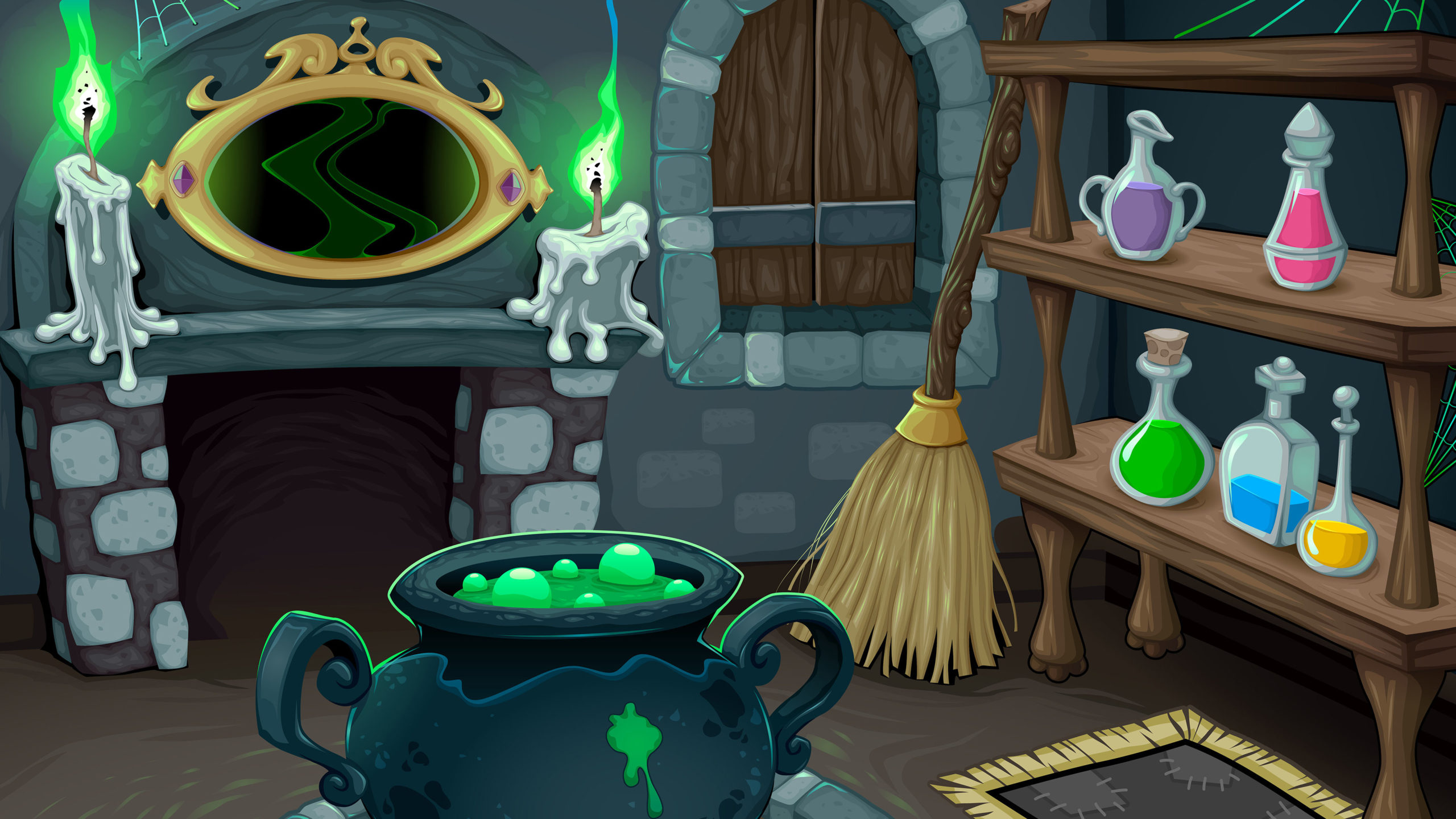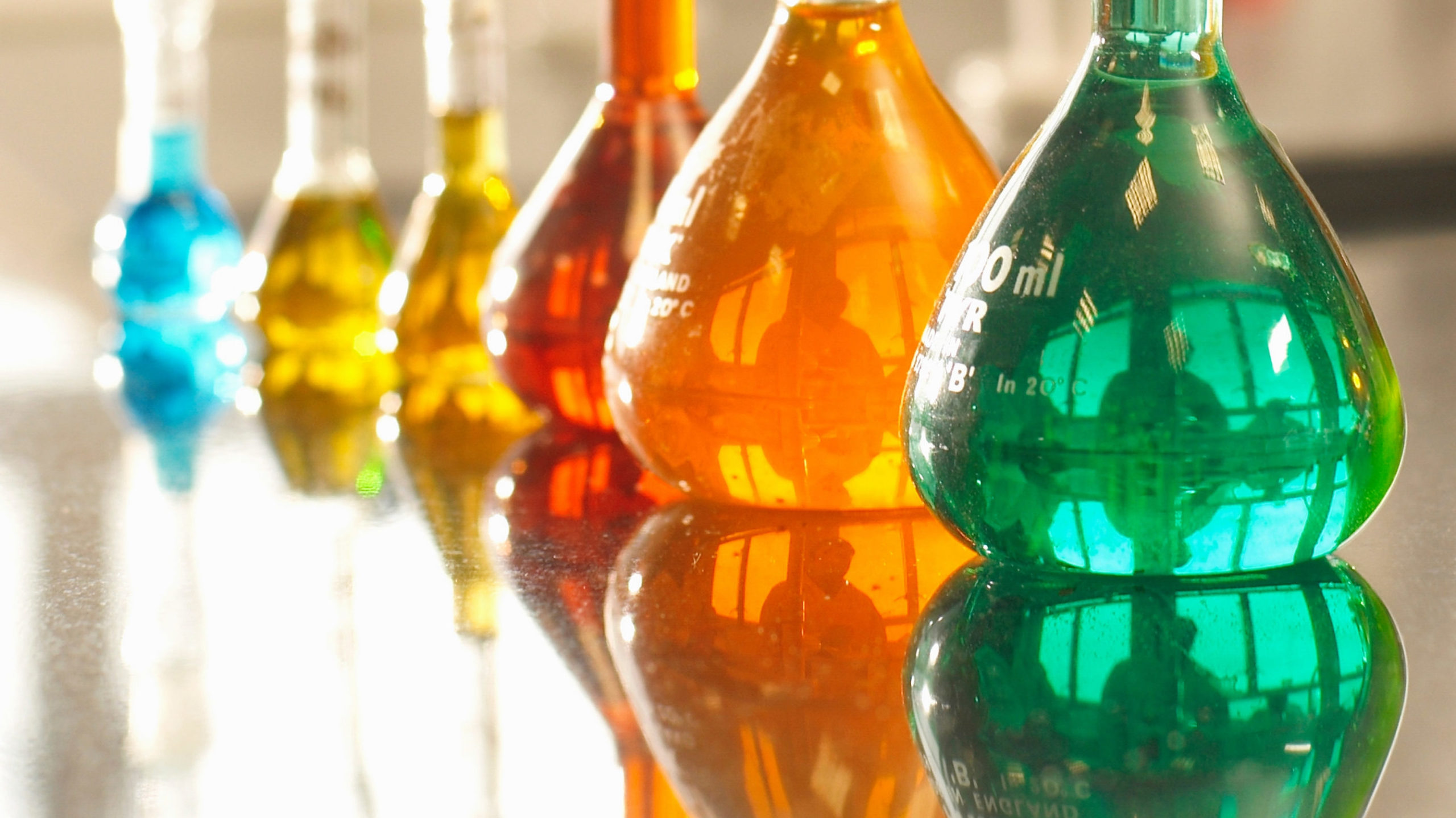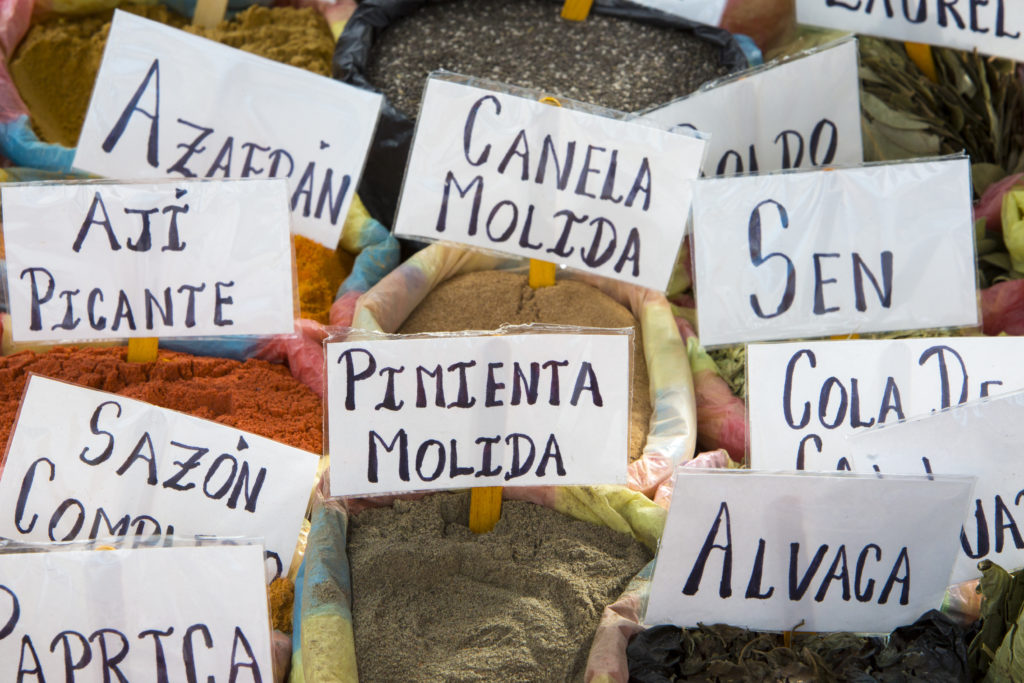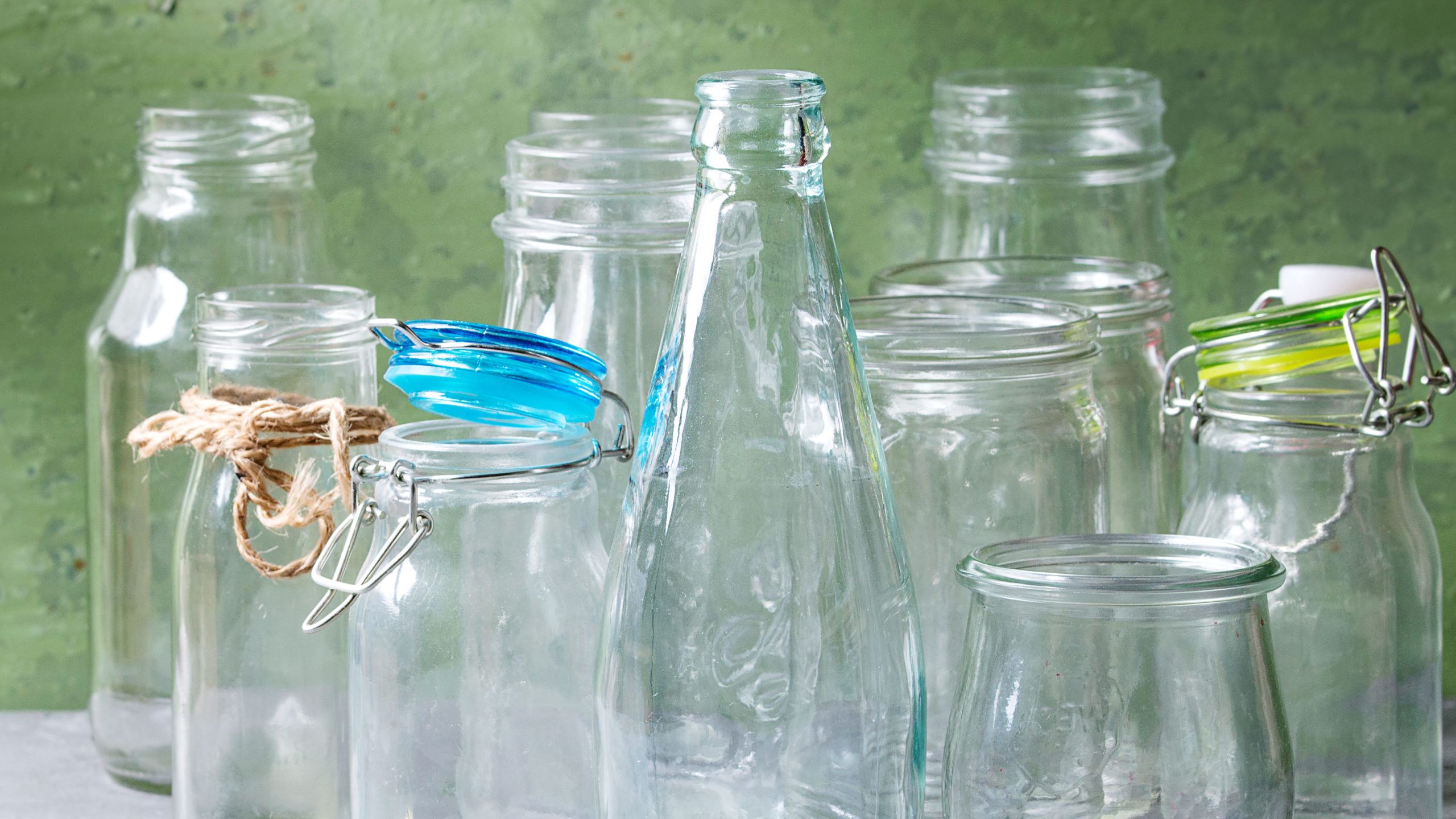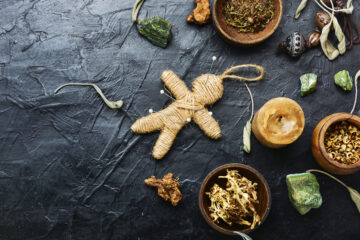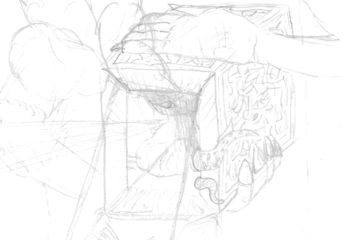Everyone enjoys a good brew. Most people think about a good mead or ale on a late night in the tavern with friends, but more discerning folk knows that the best brews come in small glass vials to be ingested in the heat of battle – potions of speed, strength, and healing. Potion ingredients are a lot more versatile than what goes into mead (although a Stonetooth brew master might disagree), and it cannot hurt to know the basics, just in case. In this article, you will find several tables that allow you to roll up random potion ingredients, or put them together according to your needs.
Why you would need Potion Ingredients
As a rule of thumb, most adventurers want potions and could care less about how they are made. But there are several conceivable reasons why the ingredients would suddenly play a much larger role in their lives, and in their endeavour to stay alive (comfortably). Here are a few of them:
- A delivery of potion ingredients to the local pharmacy got stolen and they need to retrieve the right ones.
- The group comes upon a smuggler’s stash and need to sell them without drawing suspicion.
- A mage hires them to procure one or more rare ingredients from a competitor, and pick them out from among their storage.
- An alchemist they commission requires a selection of rare ingredients, either for the job at hand or as payment.
What are Potion Ingredients
For the purposes of this article, potion ingredients are liquid and, as the name implies, used in the creation of concoctions that bestow effects on the drinker. As a rule of thumb, brews with an effect desired by the drinker are called potions, whereas those with unwanted or outright harmful impact are considered poisons.
The tables contained in this article allow you to create liquid potion ingredients, either by rolling randomly or by picking and choosing. They do not provide any guidelines for recipes and the amounts of ingredients needed for a specific result – a futile endeavours considering the wide range of brews possible. As a rule of thumb, the more impactful the potion, the more ingredients it requires, and the more rare they tend to be.
Common, Uncommon and Rare
There are different rarities of potions. Some can be found in small towns, others are only made to order and can cost more than a small kingdom. It stands to reason that there are also ingredients that follow the same pattern. Some would be common, others less so, and some, generally required for the most intricate potion brewing, would be quite hard to come by.
For the purposes of this, the difference in rarity of ingredients should reflect in their appearance – the rarer, the more flamboyant. To that end, I recommend increasing the amount of oddities (see below) depending on the rarity. If you have a fancy idea for how an ingredient could look like, save it for the expensive stuff.
Keeping Track
If all goes according to plan, rolling up random ingredients should take almost no time at all. Combining aspects to your needs rather than the dice will not take much longer. With the tables below, you can quickly whip up a set of potion ingredients that got stolen, or “identify” that vial the characters found. There is not even a need to write that down. If it left an impression with the players, they will make a note or remember it later. If not, unless they strive to become alchemists, it does not matter either.
But you can also do the work in advance and build a library of ingredients for your game world. That means you would sit down before the game and come up with a larger number of ingredients to pull from during the game. I would recommend something vaguely pyramid shaped in terms of rarity. 20 common, 10 uncommon, and 5 rare ingredients would work pretty well.
But even if you plan your ingredients in advance, be ready to add to it or change things on the fly if that helps the game. Not to mention that the best source of lore are player ideas during the game.
Make your Own Potion Ingredients!
Even the most boring ingredient has a number of things that come together to create exactly that boring ingredient. Below, you can find resources to create their name, their identifying characteristics, and additional information that is not strictly necessary to know, but can add some fun elements to your game.
Kicking Vials and giving Names
I will admit that my headings are getting out of hand. But more to the point, here is a table for some basic (or not so basic) names to roll or pick for your ingredients. Feel free to mix and match as is proper, and go with what sounds right. Or cool. You can enhance the names further using the color, smell of oddity, or origin (see below). For example, the sparkly red Doomdrought has a better ring to it than Doomdraught alone. And what about Draught of Doom, or Doom’s Draught?
I would suggest that the rarer the material, the more complicated its name should be. Something like “green base” is completely fine for a common ingredient, though, especially in a situation where a person routinely works with them, thus foregoing the more complex terms. Keep in mind that the same ingredient might have different names in different places or situations.
| d12 | Name |
|---|---|
| 1 | Doom-Shine |
| 2 | Sun-Light |
| 3 | Moon-Dust |
| 4 | Horror-Plight |
| 5 | Heart-Bane |
| 6 | Wolf-Grime |
| 7 | Death-Phantom |
| 8 | Life-Blood |
| 9 | Herb-Tooth |
| 10 | Wound-Root |
| 11 | Skin-Rise |
| 12 | Dragon-Blister |
Roll twice and combine sections.
| d12 | Type |
|---|---|
| 1 | Draught |
| 2 | Essence |
| 3 | Base |
| 4 | Concoction |
| 5 | Decoct |
| 6 | Distillate |
| 7 | Lotion |
| 8 | Oil |
| 9 | Sludge |
| 10 | Admixture |
| 11 | Slime |
| 12 | Juice |
One should be enough.
Identifying Characteristics
There are three parts to a potion ingredient that can help identify it – color, smell, and, if you want, one or more oddities. Below, you can find deeper explorations for each of these qualities to help you come up with your own if desired. And just after that, you will find a set of tables for you to quickly roll or combine a unique ingredient just when you need it. As an aside, at first I had the tables with each of these deeper sections, but then decided to combine them into one to make them easier to use in a pinch. Let me know what you think about that!
By the Looks of it – Base Color
When someone picks up a potion vial, or even when they see it across the room in a shelf, color is the first thing they will notice. There are many cool effects that can go beyond that first impression, but since we are dealing with ingredients instead of finished potions, I would recommend keeping them simple, especially if they are supposed to be basic ones. For the rare ones, a little more ostentation can be excused.
Beyond the first glance, there might be additional colors that twirl and twist, shimmers that become obvious when the vial is shaken, or sheens that depend on the ambient lighting. These are some of the oddities described below, but many of them require additional colors that can be rolled for on the basic color table.
Something does not Smell Right – the Smell
This aspect of a potion is probably the least important. It only comes into play when a vial is opened – or get smashed on the ground. Smell can also come in handy to distinguish between two similar looking potions. In addition, a smell can consist of different aspects, some less noticeable for the less perceptive. Rolling multiple times for a hierarchy of smells if perfectly fine.
I tried to chose cues that you can then enhance with your own concrete examples – like a fruit of your choice, or a particular flower that matches the color of the ingredient. But in a pinch you can easily get away with the examples provided in the table.
That’s a Weird One – Particular Oddities
It is perfectly acceptable for a potion ingredient to be bland. Maybe it has a nice color to it, but even if not, nobody will say anything if that is all it has going for itself. After all, it is but an ingredient. As long as the final product gets the job done and looks intriguing until it does, nobody will care about a basic, down-to-glass liquid.
That is, until the ingredients take center stage in a story. Just like there is no particular reason for them to shine, there is equally little reason for a rare ingredient not to take center stage in whatever cupboard or crate it is being stored. As a rule of thumb, every potion that is uncommon should at least have one oddity, with those rare and expensive ones sporting a minimum of two, if not more. Even then, you are free to give the common ones something special, too, and make those particularities of the rarer ones stand out more.
Some of the entries in this table might require additional rolls for color. Others might not be easily spotted without inspecting the vial. Use what makes sense in the situation, but also allow the ingredients to shine. Literally.
The Tables – All at one Glance
And, as promised, here are the tables to randomly generate your potion ingredients. Roll and/or mix to your heart’s content, but keep in mind that we are talking about ingredients. Unless you want to use this table to describe actual potions. Which would be completely cool, too!
| d12 | Color |
|---|---|
| 1 | red (blood, royal dye) |
| 2 | yellow (sunflower, hot iron) |
| 3 | orange (oranges, fall leaves) |
| 4 | green (grass, jade) |
| 5 | teal (turquoise) |
| 6 | blue (sky, aquamarine) |
| 7 | purple (amethyst, lilac) |
| 8 | pink (rose quartz) |
| 9 | grey (clouds, stone) |
| 10 | brown (ochre, clay) |
| 11 | black (charcoal, darkness) |
| 12 | clear |
If you feel the rainbow, roll multiple times.
| d12 | Smell |
|---|---|
| 1 | flowery (rose, violets) |
| 2 | mouldy (mushrooms, stale water) |
| 3 | earthy (earth, coffee grounds) |
| 4 | herbal (basil, thyme) |
| 5 | spicy (pepper, curry) |
| 6 | fruity (pineapple, pear) |
| 7 | burnt (toast, smoker) |
| 8 | biting (ammonia, vinegar) |
| 9 | sweet (caramel, honey) |
| 10 | pungent (rotten meat) |
| 11 | searing (flatulence) |
| 12 | alcoholic (alcohol…) |
Rolling multiple times might smell more interesting.
| d12 | Oddity |
|---|---|
| 1 | changing color over time |
| 2 | flakes suspended in liquid |
| 3 | solid residue that settles |
| 4 | opacity changing over time |
| 5 | dim sparks |
| 6 | subtle glow |
| 7 | tries not to separate |
| 8 | moving on its own accord |
| 9 | murky or cloudy |
| 10 | actively swirling in the vial |
| 11 | metallic shimmer |
| 12 | slow bubbling |
Additional Information
What a potion ingredient looks like probably covers most of the impact it will have on any game. But sometimes you need to know more, even if that is just to satisfy your curiosity. In other cases, knowing where a material came from can be helpful, just as learning its unlawful use options can provide new leads in a given case. In this section, you can find or roll options for all of those who always want to know more.
Where they come from
Most ingredients can be created almost everywhere given the right raw materials. And it might be advisable to do so, because transporting raw materials is generally less costly and risky than shipping a crate full of glass bottles. Maybe the place where the raw material was harvested informs the name of the resulting ingredient.
In other cases, though, there might be different variations of a refined material with properties depending on its origin, thus justifying the origin being part of the name. Or the creation is a trade secret and including the name is both a mark of quality as well as kind of a flex.
This table turned out a little odd, which is obviously by design. Pick a name, or roll on it several times to randomise components. If you are dealing with a simple ingredient, I recommend picking only one half, or substituting the name of a region in your game world where applicable.
| d12 | Liquid Potion Ingredient – Origin |
| 1 | rolling Plane of crimson Hills |
| 2 | whispering Forest of lingering Nights |
| 3 | crying River of a thousand Screams |
| 4 | wind-swept Plateau of the waiting Spirits |
| 5 | sun-bathed Mountainside of eternal Joys |
| 6 | roaring Field of blooming Destiny |
| 7 | chilling Waste of perished Souls |
| 8 | searing Savannah of glorious Sunsets |
| 9 | frozen Tundra of perpetual Clouds |
| 10 | enchanted Meadow of merciless Darkness |
| 11 | paved Road of endless Traveling |
| 12 | serene Crest of spotless Starlight |
Rolling more than once is possible and advised for
a more detailed idea about where the ingredient comes from.
Optional: Bottle Shape
When you think of potion ingredients in vials, there is probably the same simple shape that your mind puts them all in. And, from an economic standpoint, that is fine. The more you need of a single shape, the cheaper it gets. If that shape is also easy to produce, all the better. This optional information is only applicable if you really feel like having something special. And even then, most of the shapes in the table are kinda normal.
What you could vary is the material. Who says bottles have to be made of glass? I mean, except the huge glass blowing complexes in alchemist country? Don’t let Big Glass blow you into a corner. You can also have bottles made of ceramics or, if you are feeling really fancy, stone! But maybe save the fancy ones for the really rare stuff. Or the finished, expensive potions.
| d12 | Liquid Potion Ingredient – Bottle Shape |
| 1 | cylinder with short neck, easiest to produce |
| 2 | cylinder with long neck, more impressive on the shelf |
| 3 | cube with short neck, harder to make, easier to store |
| 4 | cube with long neck, weird flex |
| 5 | sphere with short neck, minimize liquid surface |
| 6 | sphere with long neck, good as improvised weapon |
| 7 | many-tipped star, maximize liquid surface |
| 8 | barrel-shaped with cork, novelty item for the nostalgic |
| 9 | thin fused sphere, meant to be thrown |
| 10 | shaped like a skull, usually to mark poisons, novelty item |
| 11 | shaped like a stylized heart, novelty item |
| 12 | shaped like a crest of sorts, novelty item |
Rolling multiple times is possible but not advised.
Optional: Bottle Security
While we are covering all our bases, maybe whoever bottled that very rare ingredient wanted to make sure that nobody could just pilfer and enjoy it. While breaking the container is always an option, it might not be a desired one due to shards and expensive liquid splashing everywhere. That leaves the bottle’s naturally occurring opening as obvious bottleneck, and there are ways to secure it. They are expensive, and some require magic, but alchemists are nothing if not eccentric. Not to mention the small concern that some liquids should never be spilled by anyone who is not an expert.
Each of these mechanisms comes with a way to open them, like a key, a command phrase, or being the right recipient. There should also be ways to circumvent them, but the more complex the mechanism, the harder the picking should be. As far as these unusual methods go, you should reward players’ creativity here. And let me know when you really got as deep into it with a potion ingredients that you really used this table!
| d12 | Liquid Potion Ingredient – Bottle Security |
| 1 | Cork dipped in wax, pitch, or resin to form a protective cap |
| 2 | Cord wrapped around the bottle and over the cork with a wax seal |
| 3 | A metal cap over the cork held in place by a twisted piece of thick wire. |
| 4 | A modified padlock that goes over the cork and locks it against the neck. |
| 5 | Two metal cups connected with chains and a lock that hold the bottle between them |
| 6 | A wooden box stuffed with straw, nailed shut. |
| 7 | A metal box with a good lock, vaguely shaped to hold one or more bottles. |
| 8 | Arcane runes inscribed into the bottleneck hold the cork in place. |
| 9 | An enchanted cork that contains a pocket dimension holding the actual ingredient. |
| 10 | A sentient clasp that goes over the cork and only opens after extensive negotiations |
| 11 | A wooden ring around the neck unleashes a destructive spell when the wrong person touches it |
| 12 | Wrapped in a piece of parchment that strangles anyone who does not speak the command word |
Rolling multiple times is paranoid but sometimes required.
Be Potion Ingredient, do Crime
The main reason to make, sell, and transport potion ingredients should obviously be to make potions. But there are some materials that, in the wrong hands, can be used to much greater profit when combined with a less morally fraught sense of alchemy. Whenever ingredients are stolen, the reason might be found in the table below. Some of these uses should be known to the general potion maker, but others might be trade secrets or new discoveries.
| d12 | Liquid Potion Ingredient – Criminal Use Case |
| 1 | Ingesting the ingredient will cause short-term feelings of happiness. |
| 2 | Being exposed to the fumes of the ingredient causes strong fear. |
| 3 | Through a secret ritual, the ingredient can be turned into the blackest of paints |
| 4 | Ingesting small amounts causes increased intelligence and anger. |
| 5 | Can be sold as a healing potion. Does not heal but causes rashes. |
| 6 | This ingredient can also be used as spice in the kitchen. |
| 7 | Mixing this and another harmless ingredient creates a very volatile admixture. |
| 8 | Distilling the ingredient creates an acid that can melt through adamantium |
| 9 | Dried crystals of the ingredient are a sought-after additive to tea. |
| 10 | Prolonged ingestion of small amounts can cause unhealthy amounts of trust. |
| 11 | Through an involved ritual, this ingredient can be turned into gold. |
| 12 | The ingredient can be refined into a poison that kills without a trace. |
Rolling multiple times is naughty but profitable.
Outro
I would really love to know what you think about this. I had fun putting it together, but I have no idea how good the information is for other game masters and groups. Any feedback would be much appreciated.
If you made it this far and enjoyed the content, check out my other roleplaying inspirations. Which includes the “Let’s kill a God” series, which I am proud of, if that makes a difference. If you want to keep up to date with new releases, make sure to subscribe to my newsletter!
Thanks for stopping by, and remember to Be Inspired!
